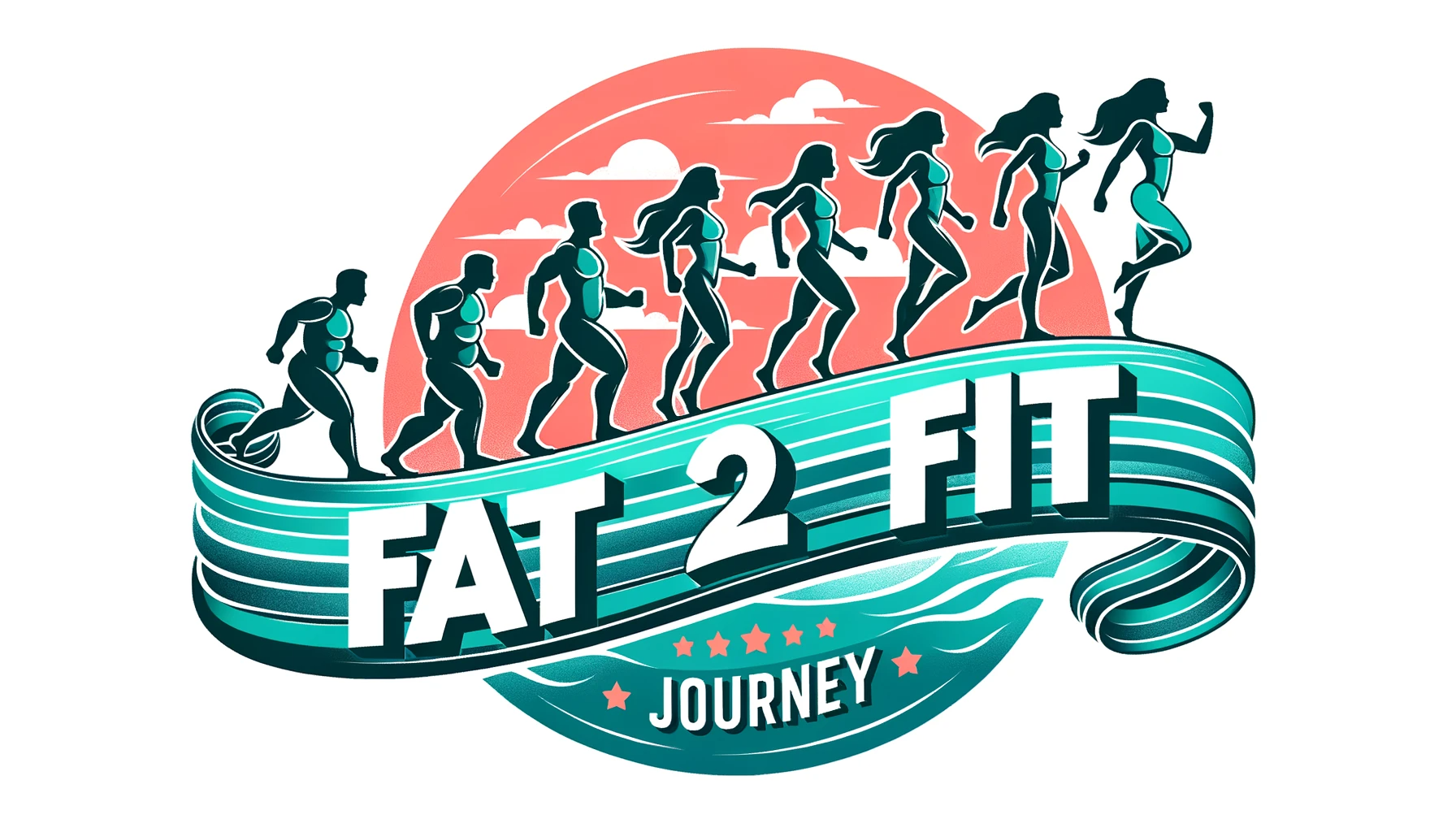Are you looking for a healthier and more natural way of eating? Look no further than the Paleo Diet. Embracing the principles of our ancestors, this diet focuses on consuming whole, unprocessed foods that were available to early humans before the advent of agriculture. By imitating the diet of our Paleolithic ancestors, the Paleo Diet aims to optimize health and improve overall well-being. Say goodbye to refined sugars and grains, and welcome a diet rich in meats, fish, fruits, vegetables, and nuts. Discover the benefits of following this ancient way of eating and unlock a healthier, more vibrant you.
Table of Contents
The Basics of the Paleo Diet
What is the Paleo Diet?
The Paleo Diet, also known as the Paleolithic or Caveman Diet, is a way of eating that focuses on consuming foods that our ancestors would have eaten during the Paleolithic era. The basic principle is to avoid processed foods and instead focus on whole, unprocessed foods that are rich in nutrients. It is based on the belief that our bodies are genetically adapted to thrive on the same foods that our ancestors consumed.
Principles of the Paleo Diet
The Paleo Diet is centered around the idea of eating like our hunter-gatherer ancestors. This means removing processed foods, grains, legumes, and dairy from your diet. The primary focus is on consuming lean meats, fish, fruits, vegetables, nuts, and seeds. The diet also encourages the use of healthy fats like avocado, coconut oil, and olive oil. The philosophy is that by eating foods that are closer to how nature intended, you can optimize your health and well-being.
Benefits of the Paleo Diet
The Paleo Diet has gained popularity due to the numerous benefits it offers. One of the main advantages is weight loss. By eliminating processed foods and focusing on nutrient-dense whole foods, the Paleo Diet can help you shed excess pounds and maintain a healthy weight. Additionally, this diet has been found to improve blood sugar control and reduce the risk of chronic diseases such as heart disease, diabetes, and certain types of cancer. It can also provide increased energy levels, improved digestion, and better sleep quality.
Food Guidelines on the Paleo Diet
Foods Allowed on the Paleo Diet
On the Paleo Diet, you are encouraged to consume a variety of natural, unprocessed foods. This includes:
- Lean meats such as grass-fed beef, chicken, turkey, and pork
- Fish and seafood, which are excellent sources of omega-3 fatty acids
- Fresh fruits and vegetables that provide essential vitamins and minerals
- Nuts and seeds like almonds, walnuts, chia seeds, and flaxseeds
- Healthy fats like avocado, coconut oil, and olive oil
Foods to Avoid on the Paleo Diet
To follow the Paleo Diet, it is important to avoid certain food groups that were not available to our ancestors, including:
- Grains such as wheat, rice, oats, and corn
- Legumes like beans, lentils, and peanuts
- Dairy products, including milk, cheese, and yogurt
- Processed foods that contain additives, preservatives, and artificial sweeteners
- Sugar and sugary snacks and beverages
How to Incorporate the Paleo Diet into Your Lifestyle
Incorporating the Paleo Diet into your lifestyle can be a gradual process. Begin by removing processed foods from your pantry and replacing them with whole, unprocessed options. Focus on incorporating lean proteins, fruits, and vegetables into your meals. Experiment with new recipes and try different cooking techniques to make your meals enjoyable and satisfying. Remember that transitioning to a new way of eating takes time, so be patient with yourself and focus on making sustainable changes that work for you.

Nutritional Benefits of the Paleo Diet
Higher Nutrient Density
One of the key nutritional benefits of the Paleo Diet is its focus on nutrient-dense foods. By eliminating processed foods and focusing on fresh fruits, vegetables, and lean proteins, you can ensure that your body is receiving a wide range of essential vitamins, minerals, and antioxidants. These nutrients are vital for supporting overall health, immune function, and disease prevention.
More Balanced Macronutrient Ratio
The Paleo Diet naturally provides a more balanced macronutrient ratio. With its emphasis on lean proteins and healthy fats, the diet helps regulate blood sugar levels and promotes satiety. This can help prevent blood sugar spikes and crashes and reduce cravings for unhealthy snacks. Additionally, the higher protein intake can support muscle growth and repair.
Improved Gut Health
The Paleo Diet is also known to support improved gut health. By eliminating processed foods and focusing on whole, unprocessed foods, you reduce your intake of gut irritants and potential allergens. This can help reduce inflammation in the gut and promote a healthy balance of gut bacteria. A healthy gut is essential for optimal digestion, nutrient absorption, and overall immune function.
Weight Loss and the Paleo Diet
Paleo Diet for Weight Loss
Many people turn to the Paleo Diet for weight loss because it focuses on whole, nutrient-dense foods while eliminating processed and calorie-dense options. By reducing your intake of refined sugars and grains, you naturally lower your calorie intake. Additionally, the high protein and fiber content of the diet can increase feelings of fullness, making it easier to control portion sizes and reduce overall calorie consumption.
Managing Hunger and Satiety on the Paleo Diet
One of the challenges of any weight loss journey is managing hunger and satiety. The Paleo Diet can help with this aspect by promoting foods that are nutrient-dense and satiating. Foods like lean proteins, healthy fats, and fiber-rich fruits and vegetables can help you feel fuller for longer periods, reducing the chances of unhealthy snacking or overeating.
Exercising on the Paleo Diet
When following the Paleo Diet, it is important to fuel your body properly for exercise. Prioritize consuming a balance of protein and carbohydrates before and after workouts to support muscle repair and recovery. Lean meats, poultry, and fish are excellent sources of protein, while fruits and starchy vegetables like sweet potatoes and beets can provide the necessary carbohydrates for energy. Remember to hydrate adequately and listen to your body’s needs during exercise.

Potential Drawbacks of the Paleo Diet
Lack of Whole Grains and Legumes
A potential drawback of the Paleo Diet is the absence of whole grains and legumes from the eating plan. These food groups provide valuable nutrients like fiber, B vitamins, and plant-based proteins. It is important to consider alternative sources of these nutrients when following the Paleo Diet to ensure a well-rounded and balanced diet.
Challenges for Vegetarians and Vegans
The Paleo Diet’s focus on animal proteins and exclusion of legumes can make it challenging for vegetarians and vegans to adhere to the diet. However, with careful meal planning, it is possible for plant-based individuals to modify the diet by incorporating nutrient-dense plant-based proteins, such as tofu, tempeh, and quinoa.
Cost and Accessibility of Paleo Foods
Another potential drawback of the Paleo Diet is the cost and accessibility of certain Paleo-approved foods. Grass-fed meats, wild-caught fish, and organic produce can be more expensive compared to conventional options. It may require some budgeting and planning to accommodate these higher-priced items. Additionally, the availability of Paleo-friendly options can vary depending on your location, making it important to explore local farmers’ markets and organic food stores.
Scientific Evidence and Criticisms of the Paleo Diet
Research Supporting the Paleo Diet
Several studies have shown positive effects of the Paleo Diet on various health markers. One study published in the European Journal of Clinical Nutrition found that a Paleo Diet resulted in lower blood pressure, improved glucose tolerance, and reduced waist circumference in individuals with metabolic syndrome. Another study published in the Journal of Diabetes Science and Technology showed improvement in glycemic control and lipid profiles among individuals with type 2 diabetes following a Paleo Diet.
Controversies and Limitations
Critics of the Paleo Diet argue that it oversimplifies the complexity of modern nutrition and fails to provide adequate guidance for meeting nutrient requirements. They also claim that the exclusion of grains and legumes may lead to nutrient deficiencies. Additionally, some argue that the Paleo Diet’s avoidance of dairy may negatively impact bone health due to lower calcium intake.
Long-Term Sustainability of the Paleo Diet
The long-term sustainability of the Paleo Diet largely depends on an individual’s ability to adapt the principles to their lifestyle and dietary needs. While some people find it easy to maintain, others may struggle to adhere to the strict guidelines. It is important to remember that a diet should be personalized and flexible, taking into account individual preferences, cultural considerations, and nutritional requirements.
Tips for Success on the Paleo Diet
Meal Planning and Prepping
Meal planning and prepping can significantly contribute to the success of the Paleo Diet. Set aside dedicated time each week to plan your meals, create a shopping list, and prepare ingredients in advance. This will help you stay organized, avoid last-minute unhealthy food choices, and ensure that you have access to nutritious meals throughout the week.
Finding Paleo-Friendly Recipes
There are countless resources available to find delicious and satisfying Paleo-friendly recipes. Look for cookbooks, websites, and online communities that offer a wide range of recipe ideas. Experiment with new flavors, herbs, and spices to keep your meals interesting and enjoyable. Don’t be afraid to get creative in the kitchen while staying within the guidelines of the Paleo Diet.
Managing Social Situations and Eating Out
Social situations and dining out can present challenges when following the Paleo Diet. However, with a little planning and communication, it is possible to navigate these situations while staying true to your dietary goals. Research restaurant menus in advance, choose dishes that align with the Paleo Diet, and communicate your dietary restrictions to the waitstaff. When attending social events, offer to bring a Paleo-friendly dish to share, ensuring that there are suitable options for you to enjoy.
Personal Stories and Testimonials
Success Stories on the Paleo Diet
There are numerous success stories from individuals who have experienced positive changes in their health and well-being on the Paleo Diet. Many people report weight loss, increased energy levels, improved digestion, and better overall health. These anecdotal stories can serve as motivation and inspiration for those considering adopting the Paleo Diet.
Individual Experiences and Challenges
Everyone’s experience with the Paleo Diet may vary. While some individuals thrive on this way of eating, others may find it difficult to maintain or face particular challenges due to dietary restrictions or personal preferences. It’s important to listen to your body, make modifications when needed, and consult with a healthcare professional for personalized advice.
Community Support and Resources
Engaging with a community of individuals who follow or are interested in the Paleo Diet can provide invaluable support and resources. Join online forums, social media groups, or local meet-ups to connect with like-minded individuals, share experiences, and exchange tips and recipes. The sense of community and support can make the journey on the Paleo Diet more enjoyable and sustainable.
Conclusion
Summary of the Paleo Diet
The Paleo Diet is an eating plan that focuses on consuming whole, unprocessed foods that our ancestors would have eaten during the Paleolithic era. It emphasizes lean meats, fish, fruits, vegetables, nuts, and seeds while excluding grains, legumes, dairy, and processed foods. The diet offers numerous benefits such as weight loss, improved blood sugar control, and a more balanced macronutrient ratio.
Considerations for Choosing the Paleo Diet
Considering the Paleo Diet requires careful consideration of your individual dietary needs, preferences, and lifestyle. It is important to consult with a healthcare professional before making any significant changes to your diet, especially if you have any pre-existing health conditions or specific dietary requirements.
Consultation with a Healthcare Professional
Before embarking on the Paleo Diet, it is always recommended to consult with a healthcare professional. They can provide personalized advice, assess whether the diet is suitable for your individual needs, and help monitor your progress to ensure optimum health and well-being.

